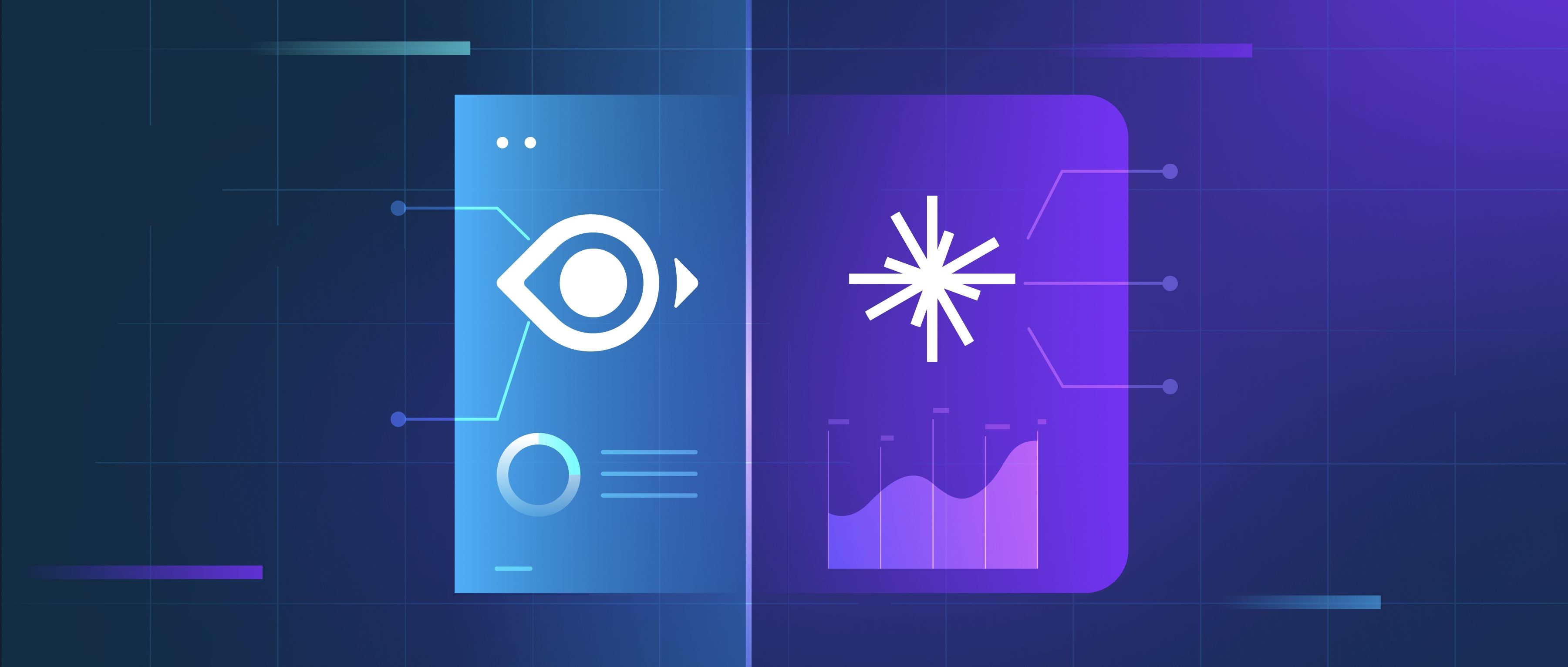Quantum computers handle data encryption and decryption using principles of quantum mechanics that differ significantly from classical computing methods. At the core, quantum computers leverage quantum bits, or qubits, which can exist in multiple states simultaneously due to the property called superposition. This ability allows quantum computers to process complex calculations at speeds unattainable by classical computers. When it comes to encryption, this capability poses both a challenge and an opportunity. For instance, algorithms like Shor’s algorithm enable quantum computers to factor large numbers efficiently. This factorization can potentially break widely used encryption schemes such as RSA, which rely on the difficulty of factoring large prime numbers.
To understand how quantum computers would affect data encryption, it's essential to consider the types of cryptographic algorithms in use. Traditional encryption methods like RSA and ECC (Elliptic Curve Cryptography) can be vulnerable to quantum attacks because they fundamentally depend on mathematical problems that quantum machines can solve much faster than classical ones. For example, if a quantum computer is capable of running Shor’s algorithm, it could crack RSA encryption by finding the prime factors of a large number in polynomial time, exposing sensitive data within minutes.
In response to the threats posed by quantum computing, researchers have been developing quantum-resistant or post-quantum cryptography algorithms. These new protocols aim to secure data against the potential vulnerabilities introduced by quantum technologies. Examples include lattice-based cryptography, which relies on problems that remain hard even for quantum algorithms. Other candidates include hash-based signatures and multivariate polynomial equations. By transitioning to these new cryptographic methods, developers can better protect their systems and data against future quantum attacks, ensuring that encryption remains a reliable security measure as quantum computing technology continues to advance.
